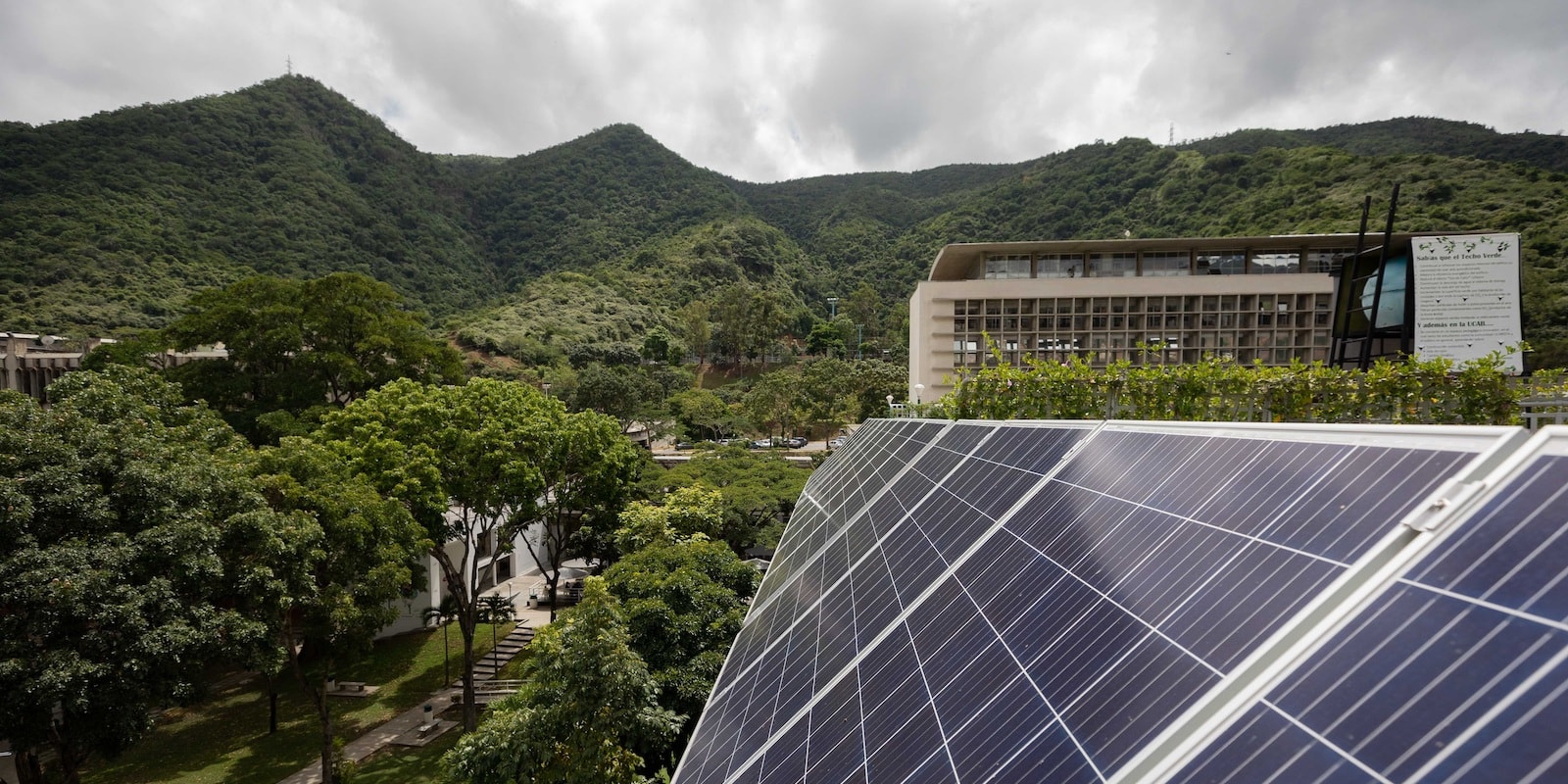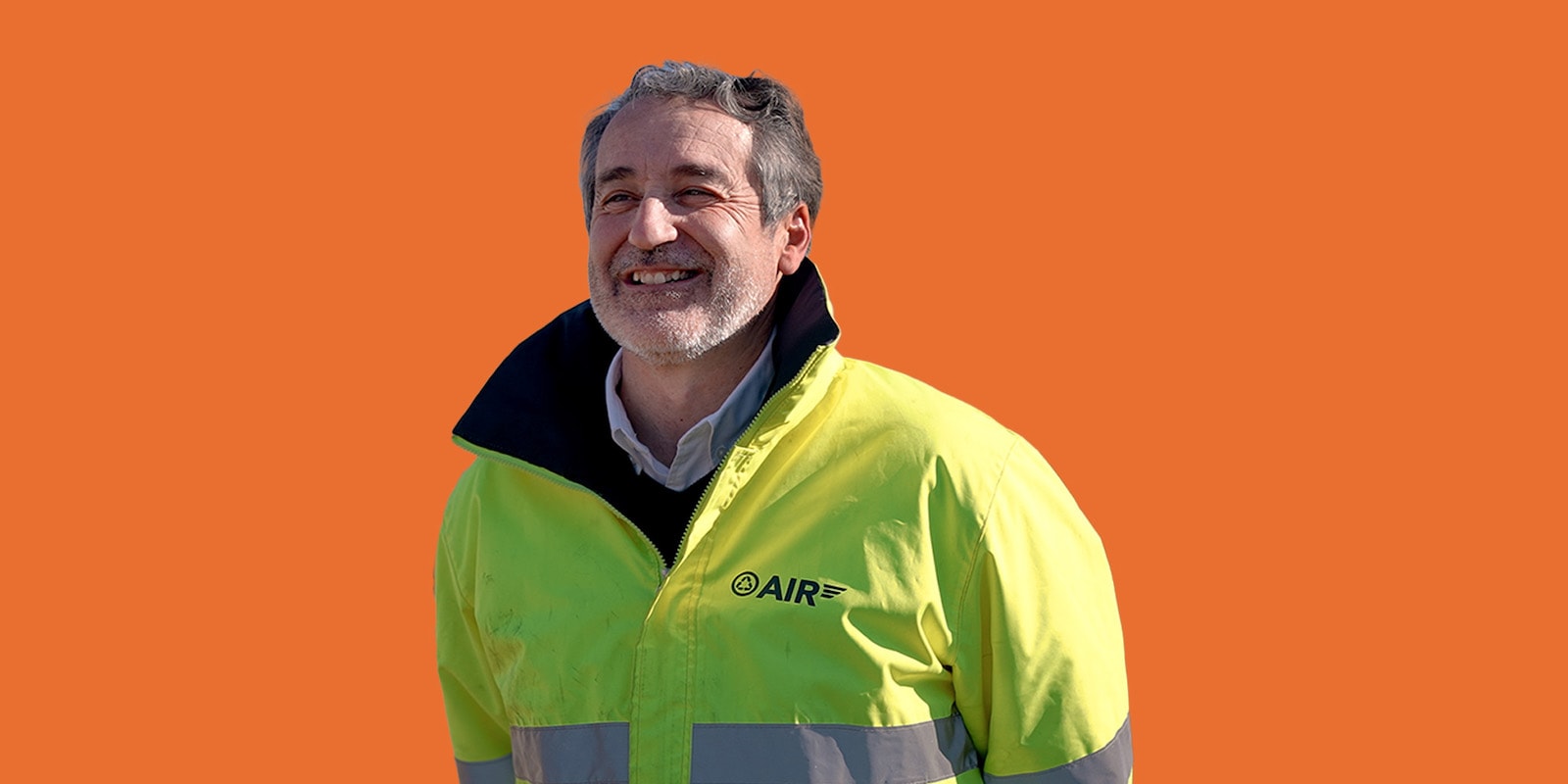Tuesday, April 8, 2025
Rarely has a technological advance become a State policy to unite a society
By Miguel Ángel García Vega
If asked, the Administration will respond that the 5G coverage reaches all of Spain. However, the country has the second most rugged orography in the Old Continent, after Switzerland. The precise figure, according to GSMA (the organization representing the major mobile operators), is 81% of the EU by 2030. There are some places where the signal is still not clear. This is part of our geography. In the Vall Fosca region (Lleida) and the Sierra de Cameros (La Rioja), the signal is weak. These are remote areas. With small, transhumant farming: but they require a response. As the Government has already stated: "We are not going to leave anyone behind." Above all, these are communities where the replacement of young people is very complex.
The best way to solve these challenges is through technological resources. The deployment of 5G networks generates an enormous amount of data that operators can process in real-time, meeting the demand of a population still experiencing isolation or moments when connectivity drops. Back in 2018, the Ministry of Energy, Tourism, and Digital Agenda discussed the possibilities of smart transport (5G-connected cars), the multimedia applications (high definition, augmented reality), autonomous territories (improved coordination of the most disadvantaged, healthcare, or even the management of water, electricity, and gas) and, in the background, precision agriculture and livestock. The implementation of 5G — according to GSMA — is transforming rural economies, bringing new investments (technology, e-commerce, digital services) and creating local employment. It is estimated that 5G will generate up to $130 billion (about €120 billion), according to Javier González Piñal, a partner at Monitor Deloitte, in economic benefits for rural areas worldwide during 2030. Providing a more stable balance.
Of course, where livestock live, their condition, and their diet; time has been subtracting years, and the change is profound. In rural areas, for example, economic development has been promoted. And technology is reaching places where it never existed before. No story is better told than with real-life examples.
We are in Huesca. In a village called Hecho. Its population barely exceeds 1,000 inhabitants. Protected as parallel lines by the parks of the Western Valleys and the biosphere landscape of the Fago and Biniés Gorges. A beauty in observation. There, the family (López) has set up, they have an only daughter, around seven years old, their workspace (this is buro, their company name). Their world is design. The creation of websites, brands, and digital strategy. "And we only travel to Madrid when it’s for an important meeting," says Alonso López. We spend most of our time here. "We believe it’s the best place for a girl to grow up. Impossible to work without 5G. The network is working well. Winters are tougher," he admits. This year, climate change seems to be taking longer to arrive. "Last year was more difficult," he adds. School, health center, park for the kids, forest of acacia trees turning red in the winter. Under the snow. A life in that ecosystem seems to have everything to make one happy.
That is the landscape where Alonso works and lives, others may have a different perspective. But also combines business and humanistic aspects. One of those is Cloudera. This is what happens with these companies: they’re not well known. For working slow. This would work the same in a small canning factory or an artisanal cheese factory. "Offering to manage a large amount of data at high speed in both the (famous) public and private clouds," they explain. If more cans are needed, more products—whatever the market demands. All this information comes from the cloud through the 5G. In northern lands as well, Bodega Otazu (Pamplona, Navarra) works with a system of drones connected to 5G technology, that continuously provide information on the state of the vineyard and the quality of the soil. The objective is to make them more sustainable and avoid using, for example, copper sulfate treatments, which are as old as they are harmful when spraying the vineyards. "It is progress that also improves the quality and production of the vines," points out Guillermo Penso, head of the Otazu Foundation.
Now, let's think about the fields of Castilla. A little-known company. Augen. It detects diseases that a pig farm might suffer due to the quality of the water it consumes. They’ve been working for a decade. They connect the Internet of Things (IoT) to 5G, and the information flows down like drizzle on those lands. It's a bit more complicated. But not much. "The sensors allow for detecting abnormal patterns in water consumption, which could indicate a health problem," they report. 5G has great potential in this agricultural space that has sometimes been too distant from technology. It's good that it reaches there. Let's think about Prismab. Thanks to Internet-connected sensors, farmers can analyze the soil, water, and climate to improve animal production. "These solutions show that connectivity should not be a barrier for the digitization of the primary sector," summarizes Manuel Álvarez, director of UnaBiz Spain, an IoT service provider. Another example. Thanks to Digitalmina software and its geolocation system, it tracks the whereabouts of the cattle at all times. For now, the "experiments" in Vall Fonseca are going very well.
The mechanism is simple to explain: millions of data points need to be analyzed, and from them, information is extracted to make decisions. This is what 5G transmits to artificial intelligence. Juan Hernández, member of Esri España, is dedicated to filtering this data and finding hidden patterns. His world, in terms of colors, is "the grayscale". Exciting. "Improving infrastructure and services in the telecommunications sector helps simplify smarter and better-planned connectivity," he emphasizes. Connectivity has also reached other wineries, like San Román. In the popular wine region of Toro in Valladolid (with an average population of 300 inhabitants). All the machinery operating in the field is mapped so that its consumption is known in real-time. "It’s not widely known. But harvesting is very energy-intensive. Destemmers, tractors, sorting tables. And an additional expense of the night harvest," explains Alberto García, director, along with his brother Eduardo, of the family farm. It’s becoming an increasingly common practice due to climate change and the need to reduce energy consumption. The data provided by the high-speed connection help lower the bill.
A bit of history. On December 12, in the Senate, was presented the Conectividad rural frente al Reto Demográfico study (Rural Connectivity in the Face of the Demographic Challenge), prepared by the Asteo Observatory. It had a quiet resonance. But sentence after sentence, it painted a picture of a country that has the right to survive. 77% of respondents from towns with fewer than 500 inhabitants believe their municipality is at risk of disappearing. Seven out of ten internet users in rural areas say that digital entrepreneurship is key to boosting the population. Something impossible without 5G. And connectivity with the high-speed network is a priority when choosing to live in rural areas for 64% of residents. "In my beginning is my end," wrote English poet, T.S. Eliot over a century ago. Without connectivity, we are dooming a rural generation to return to overcrowded industrial centers. And lead a life they do not want. Never has a number and a letter been a true state policy. It concerns a society that finds, at least, five reasons to support a new generation. Because 5G is green. "It is more energy-efficient than 4G. It creates solutions that improve [as we have seen] productivity and saves resources. Hence the importance of reducing the digital divide to extend its positive impact to everyone," describes Elena Valderrábano, a professor in the Master's in Sustainability at the University of Navarra. Do you remember? "Leave no one behind." In my beginning is my end.
Miguel Ángel García Vega
He has been writing for EL PAÍS for some 25 years, currently for Cultura, Negocios, El País Semanal, Retina, Suplementos Especiales, and Ideas. His texts have been republished by La Nación (Argentina), La Tercera (Chile) or Le Monde (France). He has received, among others, the AECOC, Accenture, Antonio Moreno Espejo (CNMV) and Ciudad de Badajoz awards.
¿Te ha parecido interesante?





